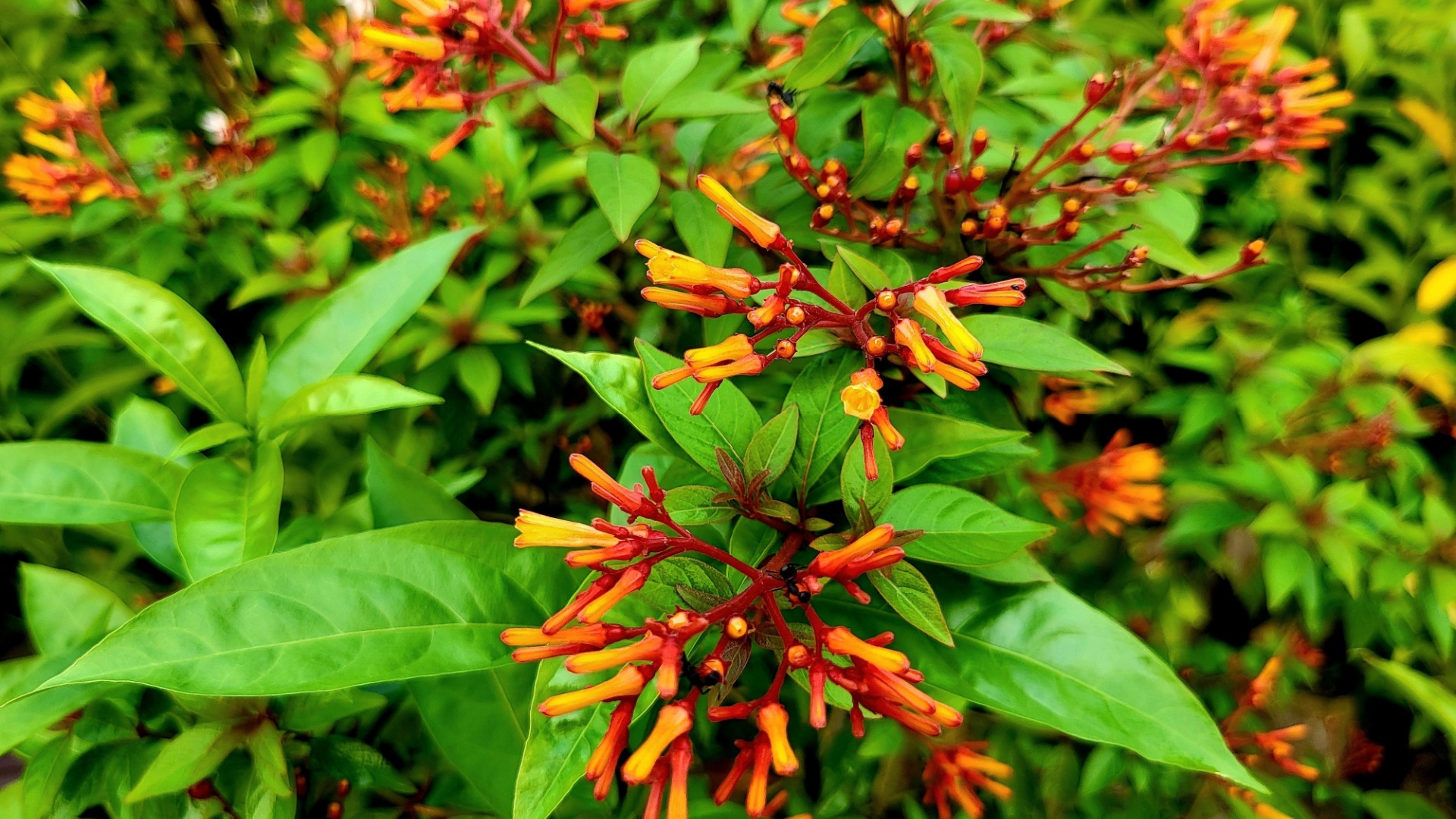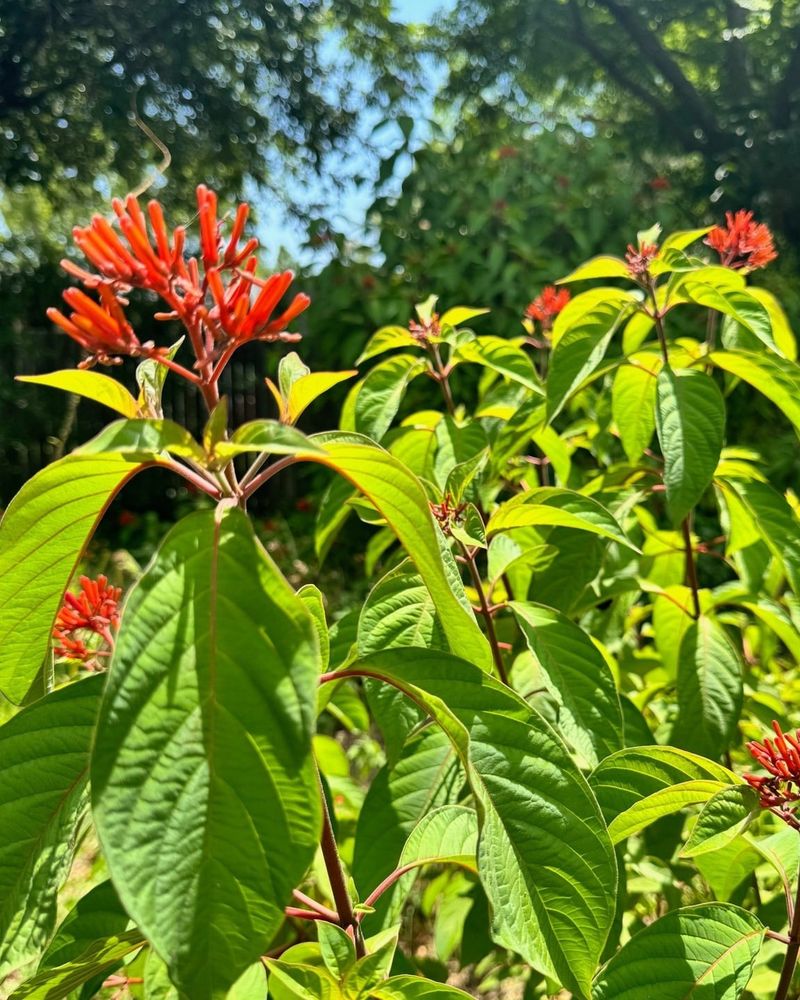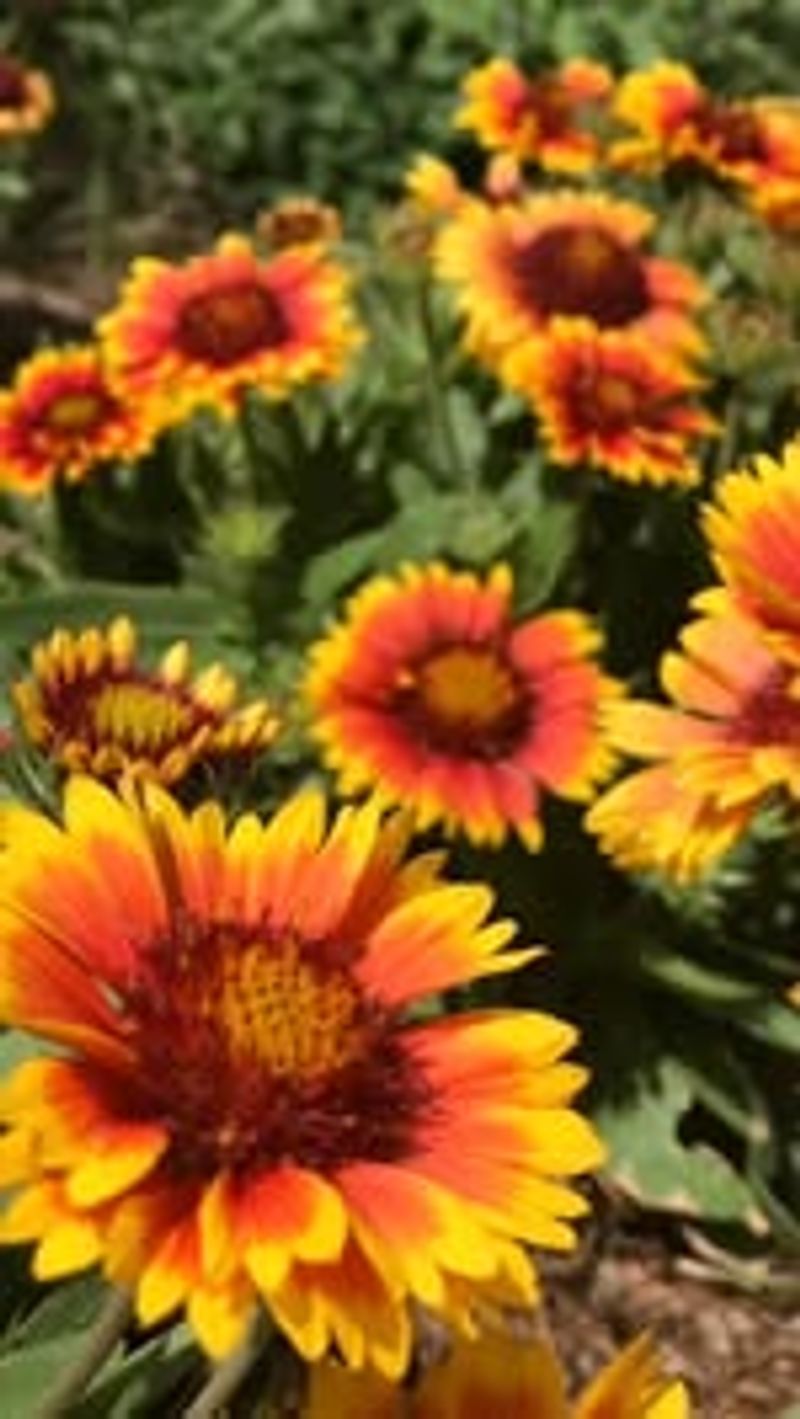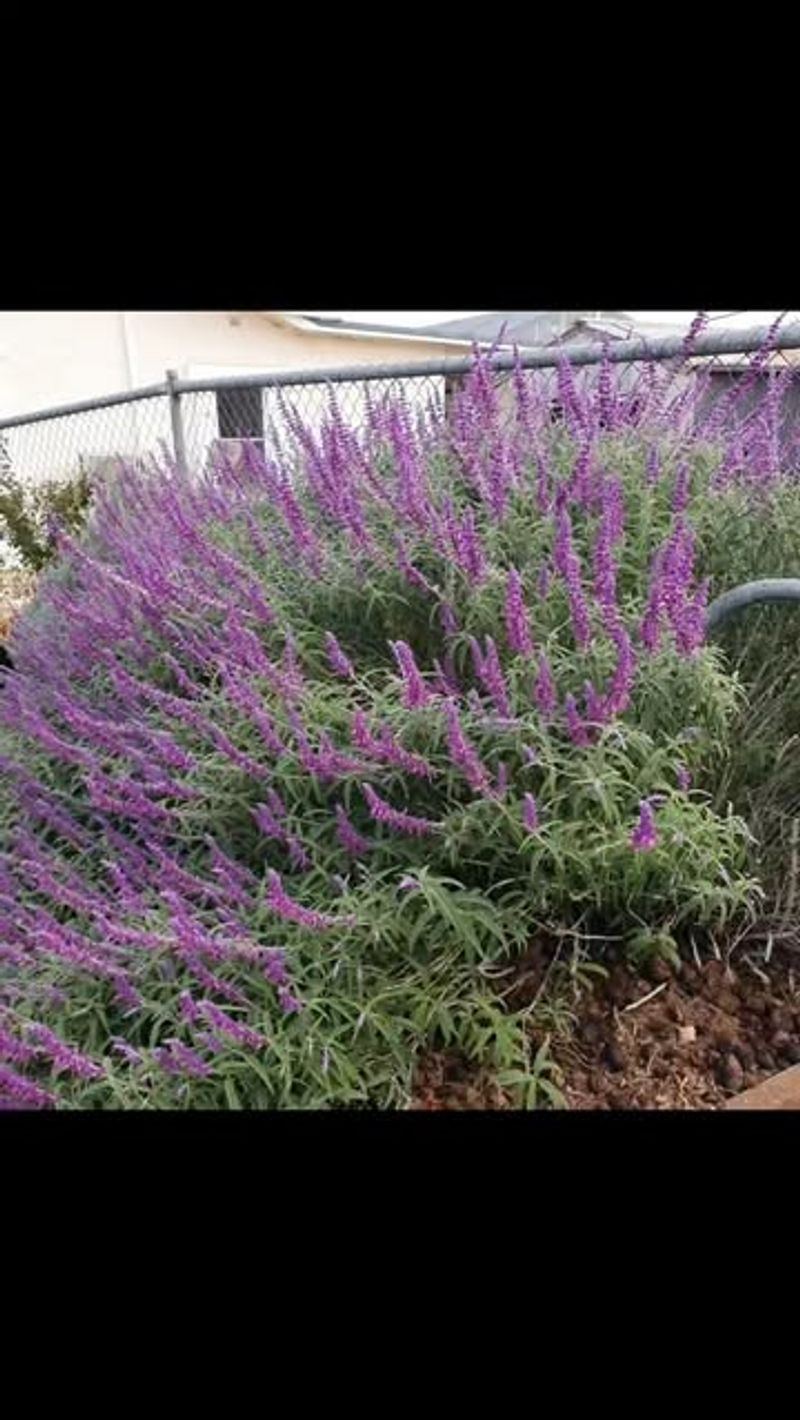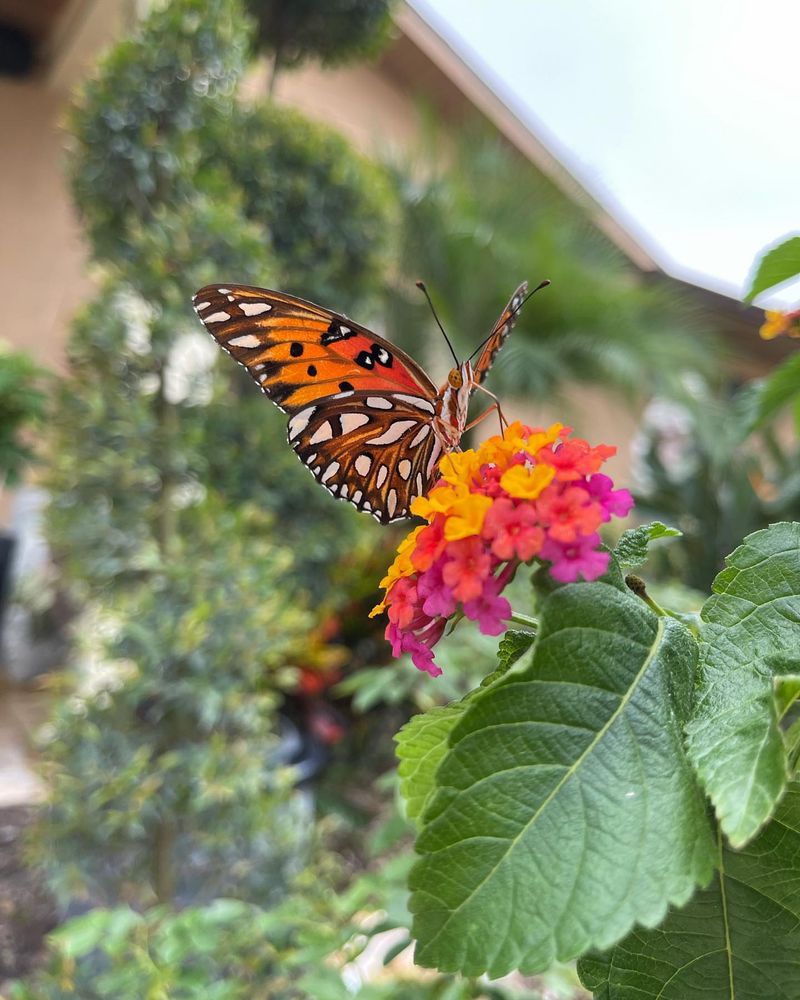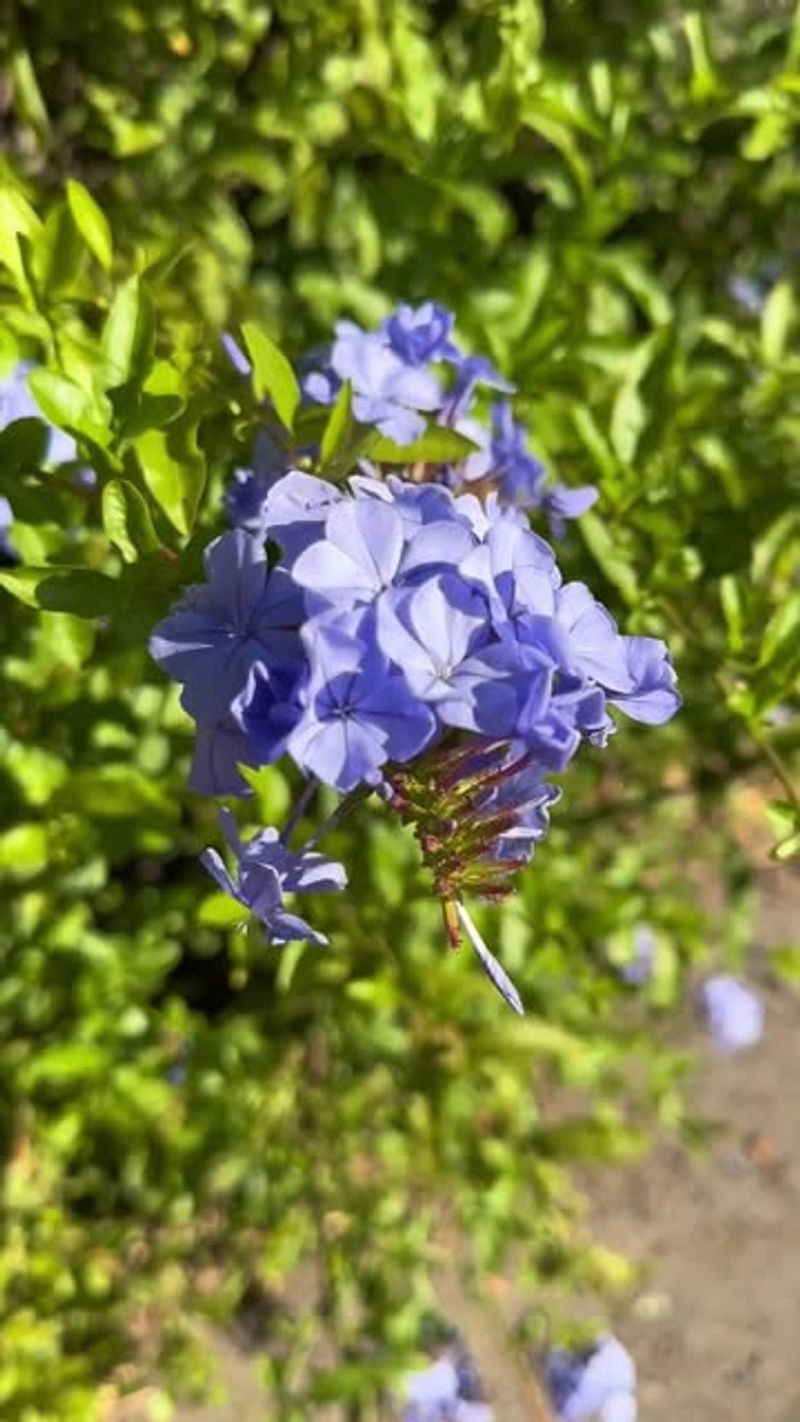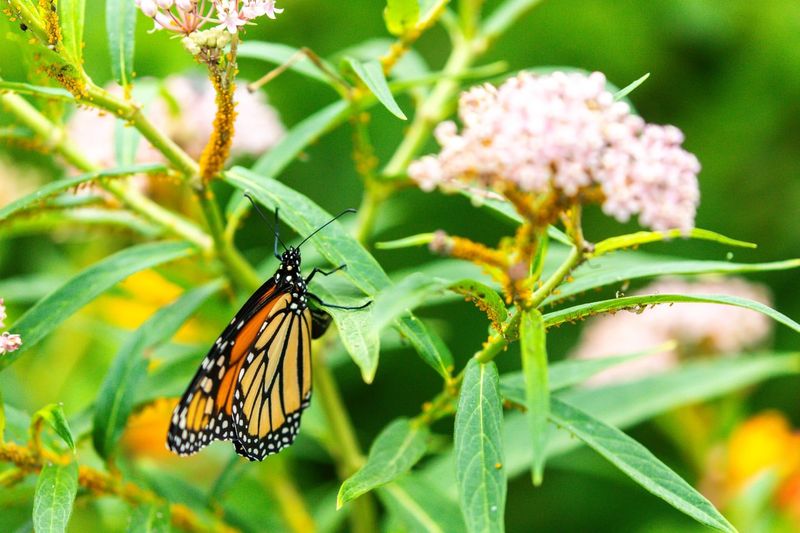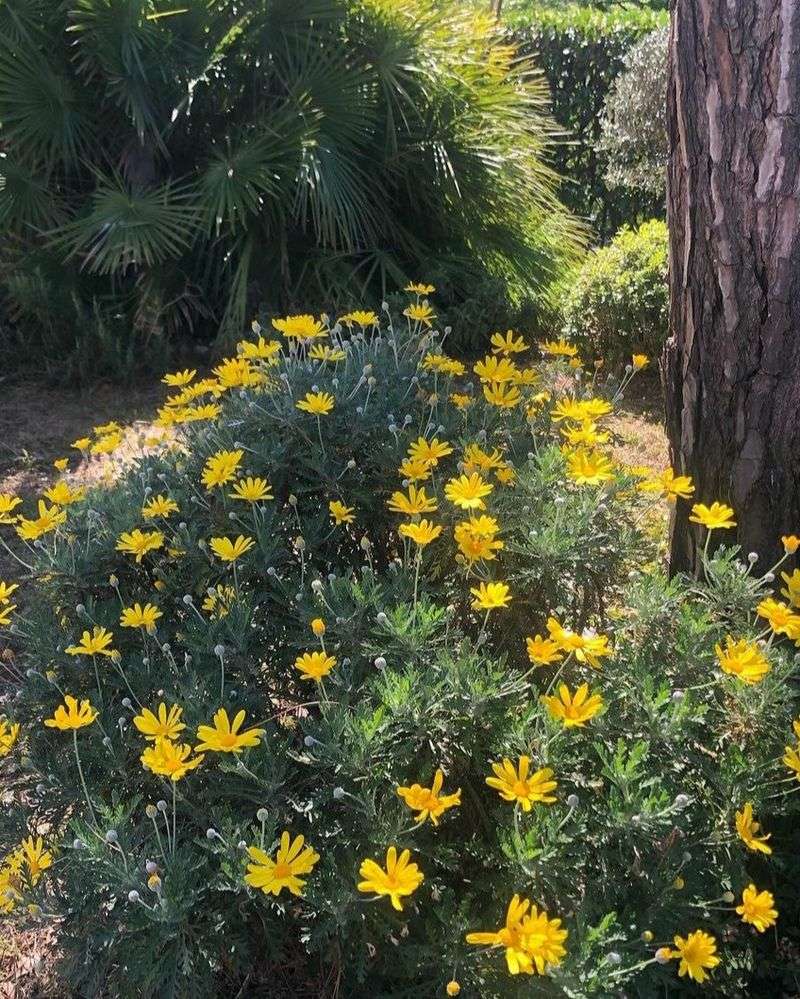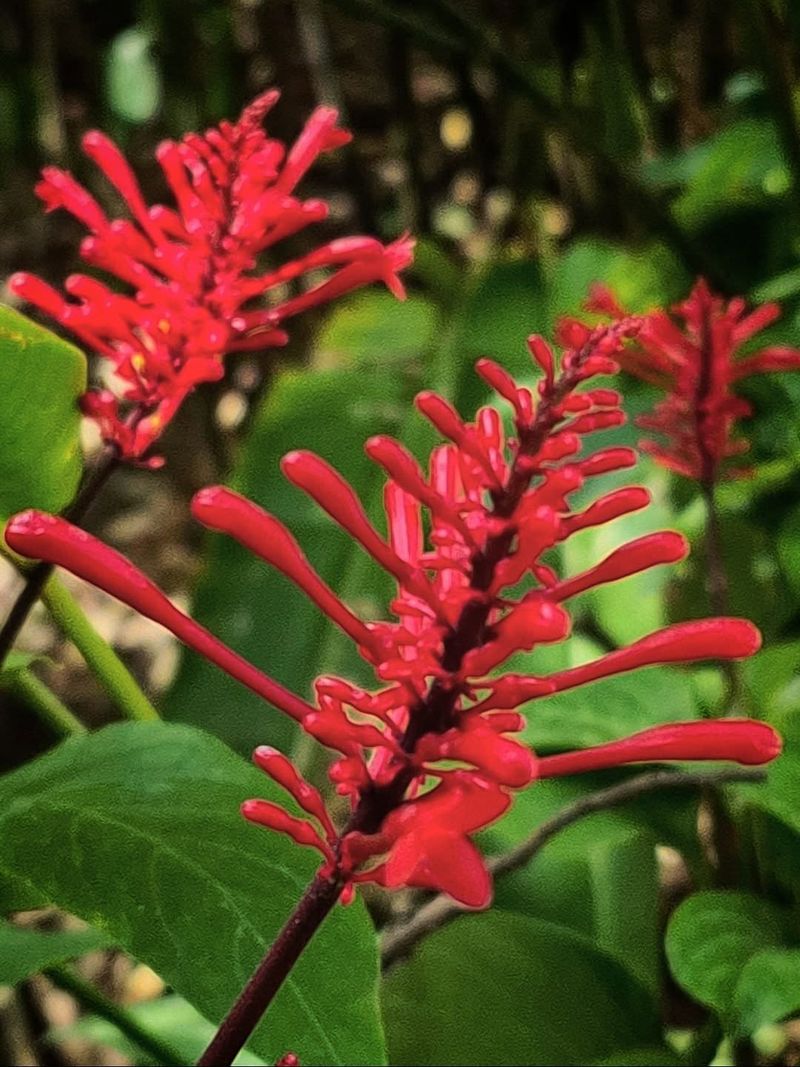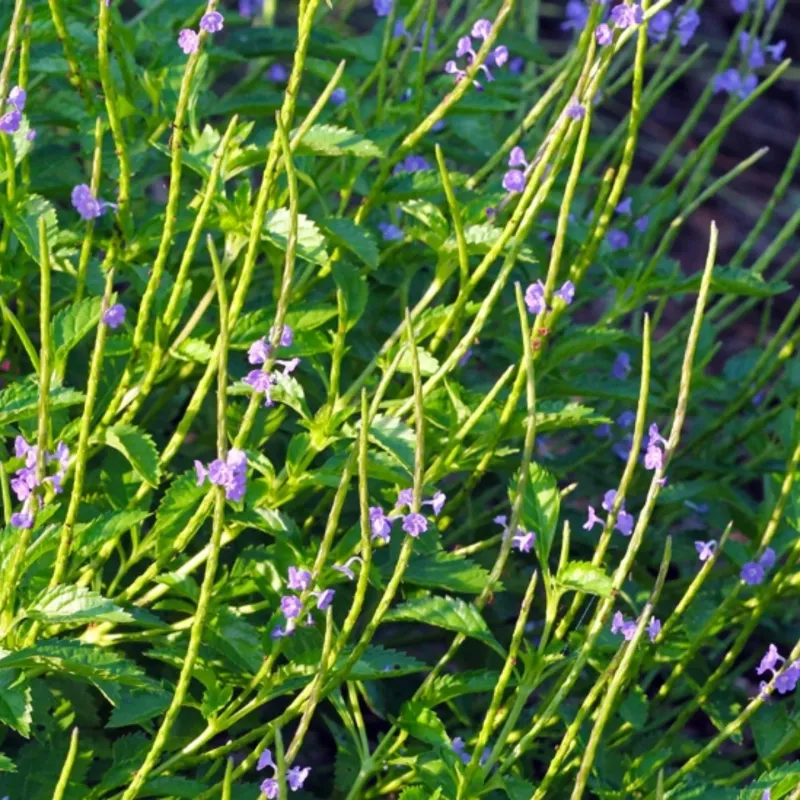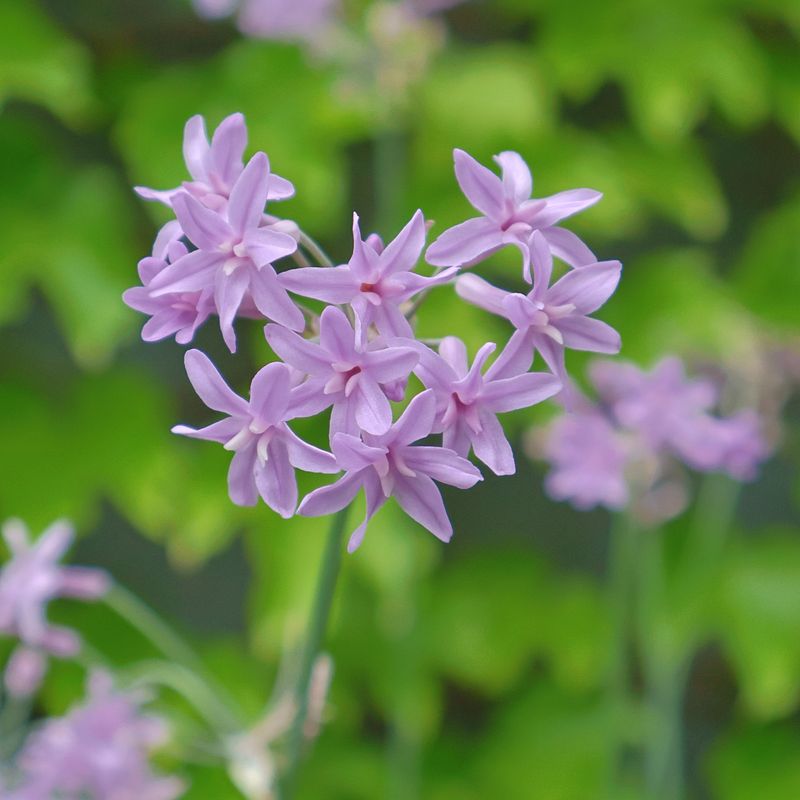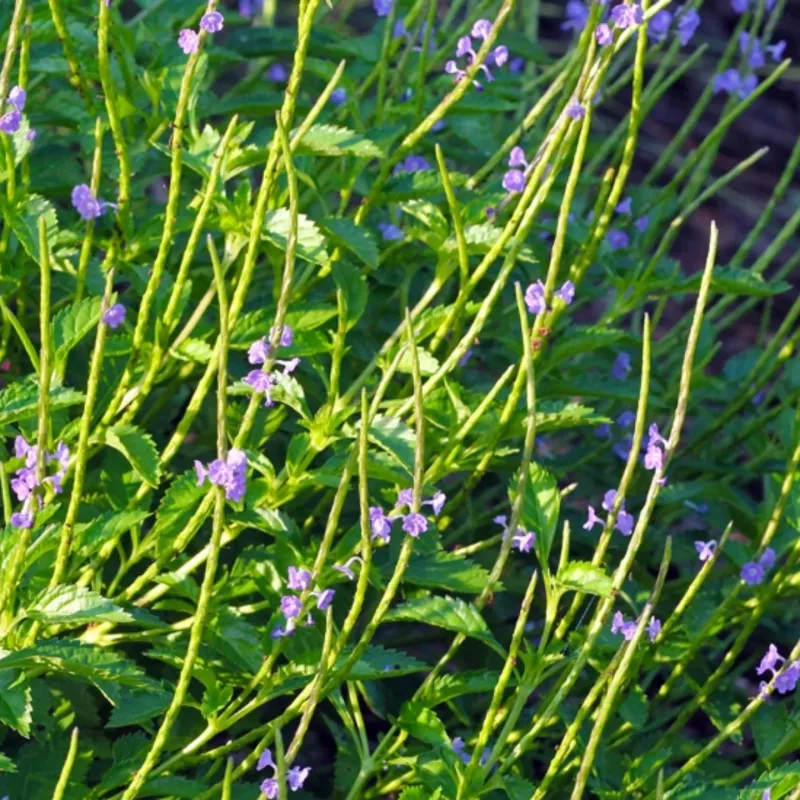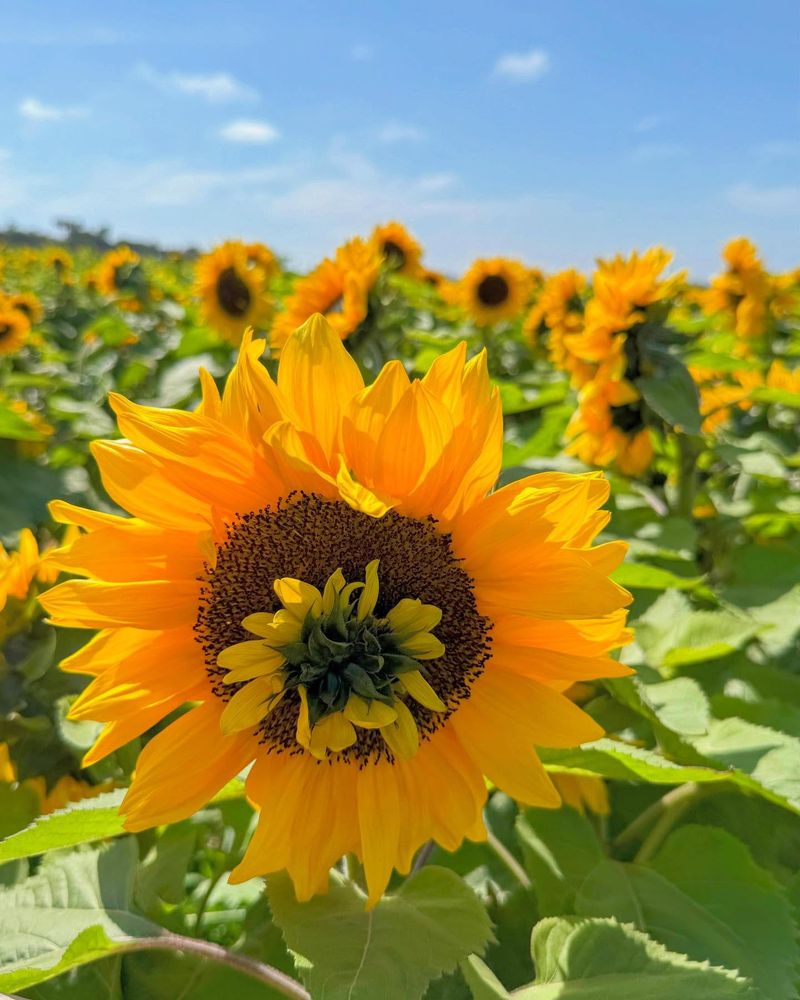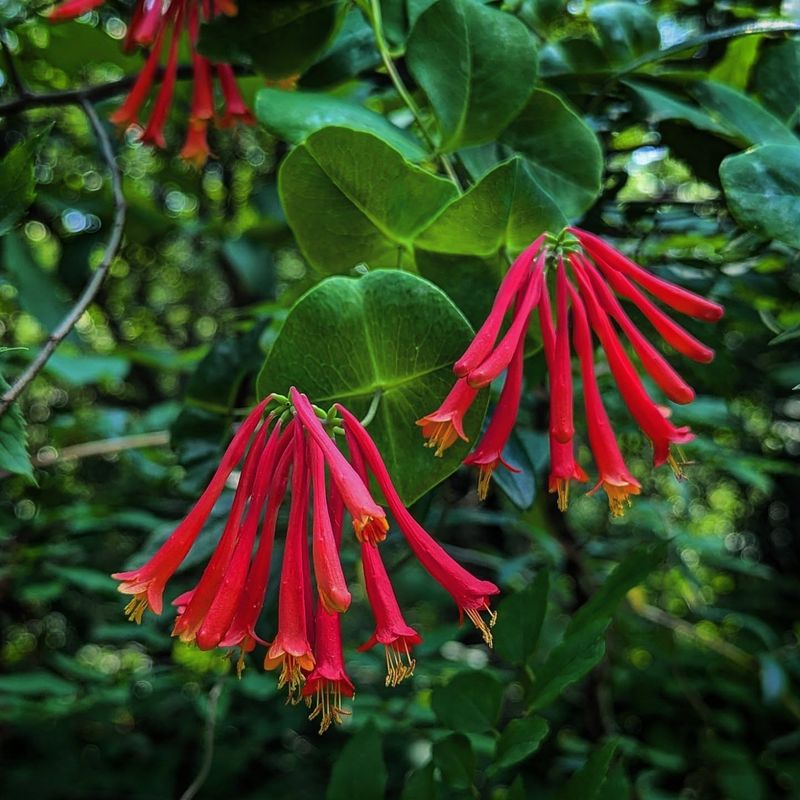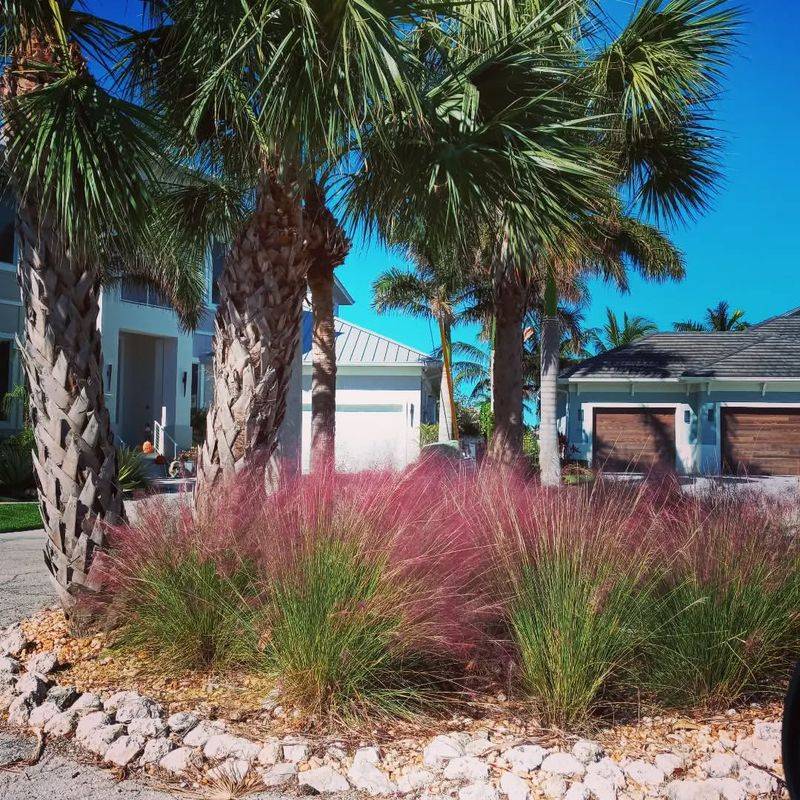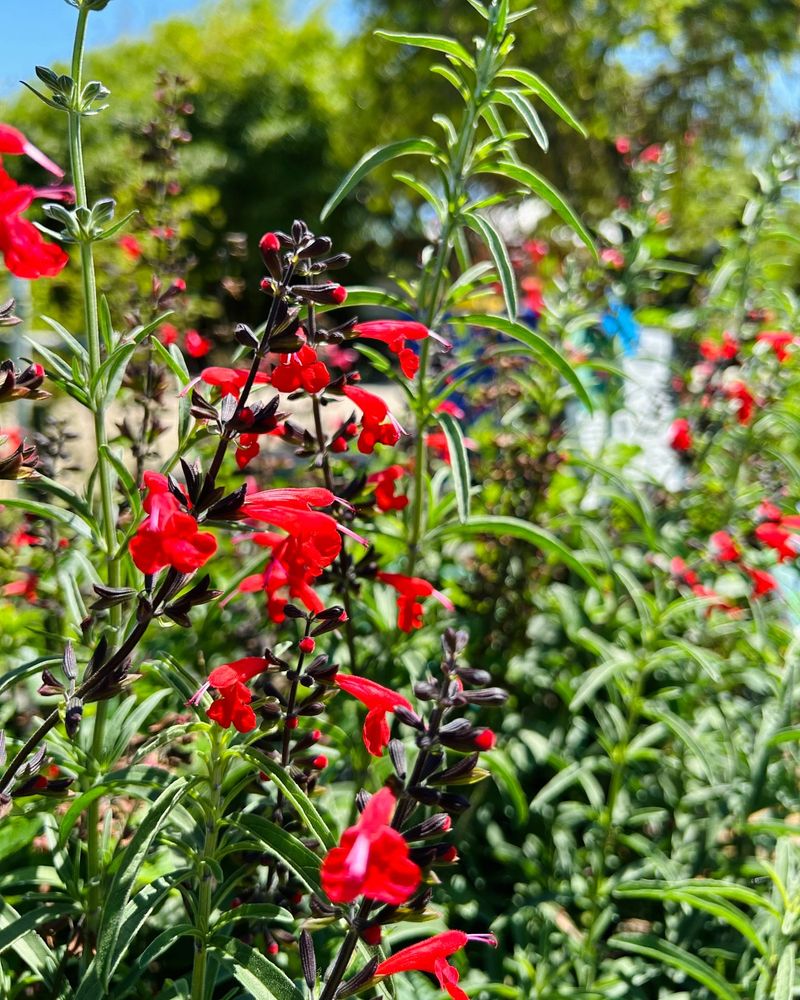Florida gardeners know the struggle of keeping plants alive in scorching heat and humidity. But what if you could grow beautiful flowers that actually thrive when neglected?
Some perennials in the Sunshine State perform their best with minimal attention, rewarding lazy gardeners with spectacular blooms year after year.
1. Firebush Lights Up The Landscape
Native to Florida, firebush explodes with tubular orange-red flowers that hummingbirds can’t resist. The more sun and heat it gets, the more profusely it blooms.
Once established, this drought-tolerant superstar needs virtually no care. Growing up to 8 feet tall, firebush creates a spectacular backdrop in gardens while attracting butterflies and birds with its nectar-rich flowers and berries.
2. Blanket Flower Spreads Color Everywhere
Resembling cheerful daisies with fiery red and yellow centers, blanket flowers laugh in the face of Florida’s brutal heat. Their hairy stems and leaves help them conserve water during dry spells.
Plant them in well-draining soil, then step back. Deadheading isn’t necessary, as they’ll continue blooming regardless. These native wildflowers self-seed readily, creating new patches of vibrant color each year without any help from you.
3. Mexican Sage Brings Purple Majesty
With velvety silver-green foliage and dramatic purple flower spikes, Mexican sage makes a statement without demanding attention. The aromatic leaves deter deer and rabbits, making this plant practically maintenance-free.
Just give it full sun and well-draining soil. Come autumn, those striking purple spikes will appear like clockwork, lasting for months while attracting butterflies and hummingbirds to your garden. Even in sandy Florida soil, it performs beautifully.
4. Lantana Creates A Butterfly Paradise
Few plants match lantana’s heat tolerance and continuous blooming power. The clustered flowers in gold, orange, pink, or multicolors appear non-stop from spring through fall, sometimes year-round in South Florida.
Sandy soil? No problem. Drought? Lantana barely notices. Simply plant it in full sun and watch as butterflies flock to its nectar-rich blooms. For maximum flowering, resist the urge to fertilize – too much nutrition actually reduces blooming!
5. Plumbago Cascades With Sky-Blue Flowers
Imagine clusters of delicate sky-blue flowers tumbling over walls or spreading into a beautiful groundcover. That’s plumbago, a Florida favorite that thrives on neglect.
Once established, this semi-woody perennial needs almost no water beyond rainfall. The more sun it gets, the more it blooms. Plumbago grows rapidly, reaching 6-10 feet wide, making it perfect for filling large spaces with carefree color year after year.
6. Tropical Milkweed Saves Monarchs Effortlessly
Sporting bright orange and yellow flowers atop slender stems, tropical milkweed practically grows itself in Florida’s climate. It’s the ultimate plant for butterfly lovers who don’t have time to garden.
Monarchs depend on milkweed to lay their eggs, and the caterpillars feast exclusively on its leaves. The plant rebounds quickly from being munched on, growing back fuller than before. In warm areas of Florida, it often blooms year-round with zero effort from you.
7. Bush Daisy Brings Year-Round Sunshine
Cheerful yellow daisy-like flowers cover this compact perennial almost non-stop in Florida. Bush daisy laughs at heat, humidity, and poor soil conditions that would kill fussier plants.
After planting, your work is done – no deadheading needed! The blooms attract beneficial insects while the dense foliage naturally suppresses weeds. Left alone, bush daisies form a tidy mound about 2 feet tall and 3 feet wide, perfect for borders or container gardens.
8. Firespike Ignites Fall Gardens
When autumn arrives and other plants start fading, firespike bursts into action with dramatic spikes of tubular red flowers that rise above glossy green foliage. Hummingbirds travel miles to find these nectar-rich blooms.
Growing in sun or partial shade, firespike tolerates Florida’s challenging conditions without complaint. The less you fuss with it, the better it performs. After a freeze, simply cut it back to the ground and watch it return bigger and more floriferous than before.
9. Porter Weed Defies Summer Heat
Don’t let its delicate appearance fool you – porter weed is tough as nails in Florida heat. The arching stems covered in tiny purple, pink, or red flowers seem to float above the foliage like colorful smoke.
Butterflies swarm to its nectar-rich blooms all summer long. This perennial asks for nothing but sunshine and well-draining soil. The less you water established plants, the more profusely they flower, making porter weed perfect for busy or forgetful gardeners.
10. Society Garlic Offers Flowering Flavor
Clusters of star-shaped lavender flowers dance above grass-like foliage in this dual-purpose perennial. Despite Florida’s challenging growing conditions, society garlic remains unfazed, blooming repeatedly throughout the warm months.
The garlicky-scented leaves repel pests naturally, eliminating the need for sprays. Both the leaves and flowers are edible, adding onion-garlic flavor to dishes. Plant it in borders or herb gardens and forget about it – society garlic rewards neglect with more abundant flowering.
11. Blue Porterweed Creates Butterfly Heaven
Tiny blue-purple flowers line upright stems like beads on a string, creating an irresistible buffet for butterflies. Blue porterweed blooms continuously from spring through fall in Florida gardens, pausing only during the coolest winter months.
Unlike many flowering perennials, this native plant performs better without fertilizer or pampering. Its drought tolerance is legendary among Florida gardeners. Once established, rainfall alone sustains it, even during extended dry periods, while it continues flowering prolifically.
12. Beach Sunflower Carpets Sandy Spots
Bright yellow daisy-like flowers pop against sprawling dark green foliage in this Florida native groundcover. Beach sunflower earned its name by thriving in the harshest conditions – salt spray, sand, drought, and blazing sun.
The spreading habit makes it ideal for erosion control on slopes or beachfront properties. Left to its own devices, it forms a dense mat that chokes out weeds while providing continuous blooms. Even in pure sand with zero irrigation, beach sunflower keeps flowering cheerfully.
13. Coral Honeysuckle Vines With Native Grace
Unlike its invasive Japanese cousin, Florida’s native coral honeysuckle behaves itself while producing stunning tubular flowers in shades of coral-red. The blooms appear heaviest in spring but continue sporadically year-round.
Hummingbirds and butterflies flock to the nectar-rich flowers. Once established, this vine requires no supplemental water or fertilizer. The more you ignore it, the more vigorously it grows and flowers, covering fences, arbors, or trees with carefree color.
14. Muhly Grass Creates Pink Cloud Displays
For most of the year, muhly grass blends into the background with its fine-textured blue-green foliage. But come fall, magic happens – thousands of tiny pink flowers create a misty cloud effect that stops traffic.
Native to Florida’s coastal areas, muhly grass laughs at drought, poor soil, and salt spray. The less you water established clumps, the more spectacular the fall flowering display becomes. Simply cut back in late winter, then stand back and enjoy the show.
15. Tropical Sage Blooms Through Winter
When other perennials rest during Florida’s mild winter, tropical sage takes center stage with spikes of scarlet, pink, or white flowers. This native plant starts blooming in fall and doesn’t quit until spring.
Butterflies and hummingbirds depend on its nectar during the cooler months when other food sources are scarce. Tropical sage self-seeds readily, creating new plants without any effort from you. The less rich the soil, the more prolific the flowering – nature’s reward for gardeners who don’t fuss.

